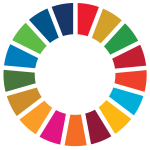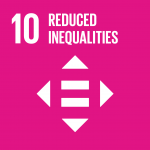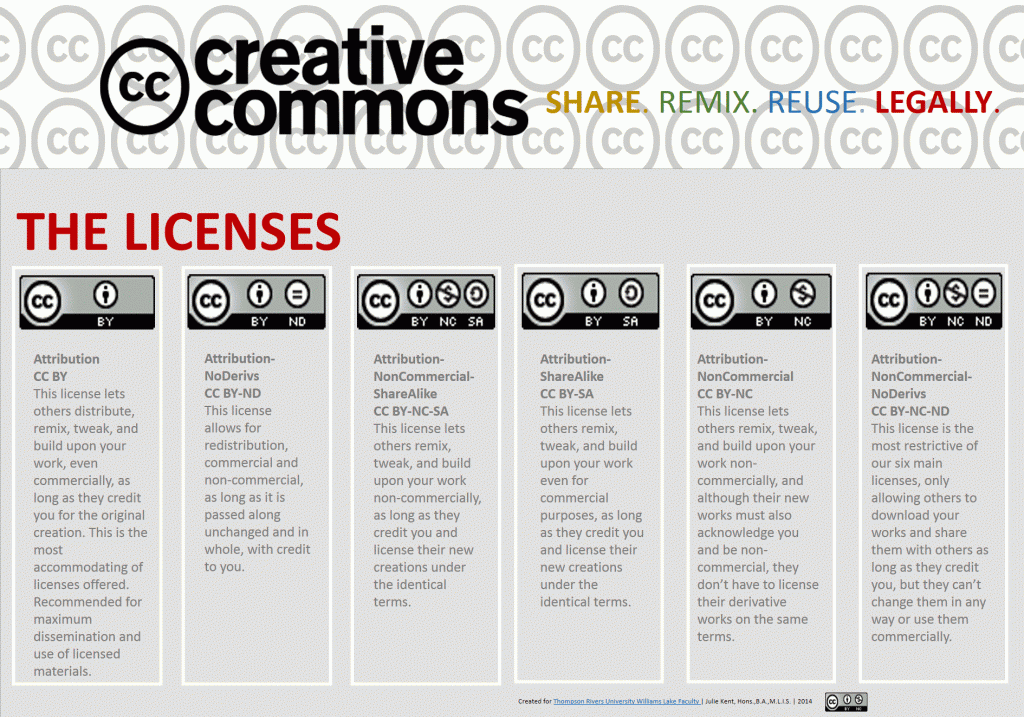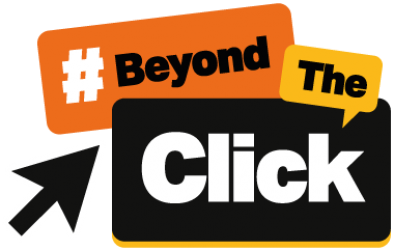5. Ability to make and share digital content
The Digital Literacy Framework Explored (with suggested activities and resources)
- Identifying Ourselves as Producers of Information – develop an understanding of at least one online platform that can be used to share information and knowing what it means to share it responsibly and sensitively, including copyright, fair use and Creative Commons work
- Engaging with online activism – ability to be active as creators and consumers of digital content related to themes such as of identity, diversity, justice and social action.
This section introduces the idea of seeing ourselves as producers of digital information, the kinds of platforms we can produce information for and beginning to explore creative engagement with digital content and copyright issues.
Case studies: #EndangeredEmojii; #Women2Drive

Sustainable Development Goals


Activity 5.1 Exploring our roles as content producers
Key Questions
- What responsibilities come with producing information and sharing it online?
- What different digital platforms can be effectively used to share content?
1. Ask members of your group to share any ideas that come to mind when they consider the words ‘writer’ and ‘author’. Record their answers and then discuss what might change in these they think about authors of websites or other online materials. These questions may help:
- What is similar about writing for the internet and writing for print?
- What is different about writing for the internet and writing for print?
- What makes a good author, in your opinion? Who is your favorite author?
- What makes a good internet author, in your opinion?
2. Invite them to think about a time when they have been an author (someone who shares stories or information with others) or felt like one. If they are struggling to come up with examples, remind them that writing they have done online, in work or school qualifies as authorship.
- Handout 14: Sharing information online
Use the Sharing information online handout here and ask them to review the different internet formats or genres described. Divide into smaller groups to discuss the questions below.
- Which of these formats are you most familiar with and why?
- Which of these formats is best suited to sharing which kind of story or information?
- Which safety issues do you have to think about when using different genres?
- Which genres tend to appeal to which audiences and why?
Invite groups of 3-4 to make a mock-up of how they would share information online about a particular topic they are interested in or draft a blog in which they share a personal story or opinion on that topic or make a short video or podcast on the subject. It can be a simple or complex as time and circumstance allow. Then encourage them to share their work, discuss themselves and think about the possibility of eventually sharing information using digital platforms.
Activity 5.2 Exploring hashtags as tools for engaging in digital communities
Key questions:
- How can social media hashtags be used as tools to create and share digital content?
- How can people create and use social media hashtags to develop awareness and agency related to social activism?
1. Ask the group to think about some of the ways people can bring attention to important social issues or experiences online. Describe or record their ideas in writing and/or with other visual materials. Which of these ways do they think can be most effective or powerful in spreading the information or story? Explain. Share answers within the group.
Initiate a group discussion by asking the question, what are some hashtags related to themes of identity, diversity, justice and/or action you know of? List any answers. What do they think are the strengths and weaknesses of ‘hashtag activism’?
Then select a case study (or a number of case studies) of hashtag activism from the 20 case studies presented in this toolkit. For each campaign selected, ask a group to create a poster with the hashtag itself, the creator(s), year of creation (if known) and sample responses from articles or directly from social media sites. Display these posters to spark discussion and reflection.
- Handout 15: Responsive Reflection (from Teaching Tolerance)
- Handout 16: Campaign design (from Teaching Tolerance)
Then reflect further on each hashtag campaign using the prompts on the Responsive reflection handout, or design a new one using the Campaign design handout (an alternative or additional activity worth considering is the Tweeting for Change exercise developed by Teaching for Tolerance, which includes a planning guide and framework).
Activity 5.3 Copyright, fair use and the Creative Commons
Key Question
- How do copyright and fair use promote the spread of knowledge and information?
1. Begin by inviting the group to brainstorm what they know about copyright and copyright law. Use the copyright symbol ©, where do they see this symbol and what does it mean? What is the difference between a copyright and a trademark? (Copyright is geared toward literary and artistic works, such as books and videos. A trademark protects items that help define a company brand, such as its logo.)
Note: copyrights give inventors and artists exclusive ownership of something they’ve created and prevent them from being copied. This protection gives the owner the opportunity to profit from their creation.
2. Next, explore what the term ‘fair use’ might mean:
- Think about why someone might want to use a song or a work of art but not want to profit from its use.
- How might others use an invention or work of art fairly and legally?
- Why might an owner of a copyright want to give permission for someone to use their invention or work of art?
In small groups explore the Understanding Copyright and Shared Reading Questions handouts.
- Handout 17: Understanding Copyright and Shared Reading Questions (from The Media Education Lab. Note: last page not needed)
Debrief using the following discussion prompts:
- Summarise the benefits of copyright law to the individual creators of intellectual property, such as artwork or books.
- Summarise the benefits of copyright law to the general public.
- Explain how the fair use doctrine works and how it benefits the promotion of ideas and information.
3. Divide the group into smaller groups of three to four and distribute a copy of the Making, Remixing and Sharing Content handout to each group.
- Handout 18: Making, Remixing and Sharing Content
Ask the groups to review the handout, and then provide time to create their projects (perhaps in digital form). Share the results.
Many online and digital projects are developed as open source materials and made freely available to ‘the digital commons’. Invite a brief discussion of this idea, prompted by the following description of Creative Commons licenses:

“All Creative Commons licenses have many important features in common. Every license helps creators — we call them licensors if they use our tools — retain copyright while allowing others to copy, distribute, and make some uses of their work — at least non-commercially. Every Creative Commons license also ensures licensors get the credit for their work they deserve. Every Creative Commons license works around the world and lasts as long as applicable copyright lasts (because they are built on copyright). These common features serve as the baseline, on top of which licensors can choose to grant additional permissions when deciding how they want their work to be used.
A Creative Commons licensor answers a few simple questions on the path to choosing a license — first, do I want to allow commercial use or not, and then second, do I want to allow derivative works or not? If a licensor decides to allow derivative works, she may also choose to require that anyone who uses the work — we call them licensees — to make that new work available under the same license terms.”
Keywords
It might also be useful at some stage in the process to discuss some of the keywords associated with these issues and whether we effectively understand them.
- genre – a category or type
- hashtag – on social media websites, a word or phrase preceded by a hash mark (#), used within a message to identify a keyword or topic of interest and facilitate a search for it
- hashtag activism – the act of fighting for or supporting a cause that people are advocating through social media like Facebook, Twitter, Google+ and other networking websites; hashtags (#) are often used to spread the word about a cause
- justice – the quality of being just, impartial or fair
- social action – activity on the part of an interested group directed toward some particular institutional change
- fair use – reasonable and limited use of copyrighted material so as not to infringe upon copyright
- free expression – the right of people to express their opinions, thoughts or ideas publicly without governmental interference

